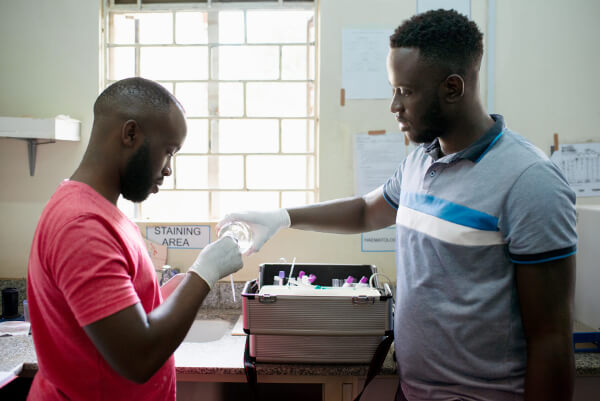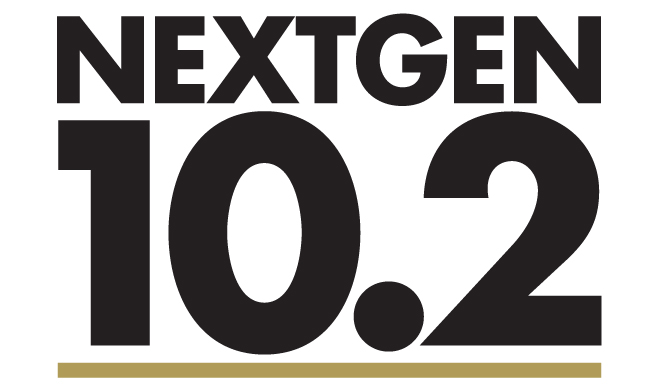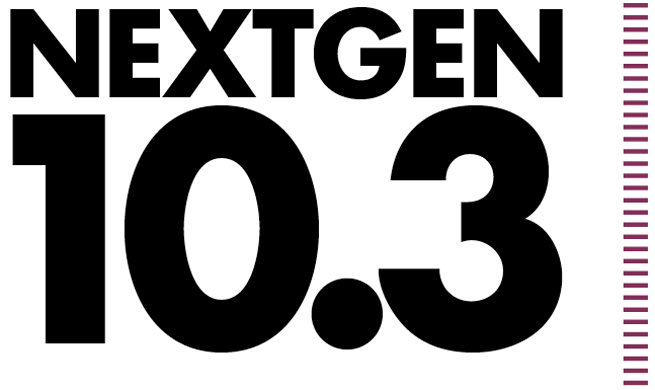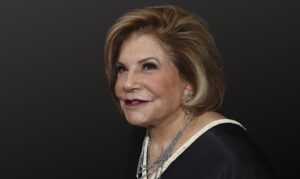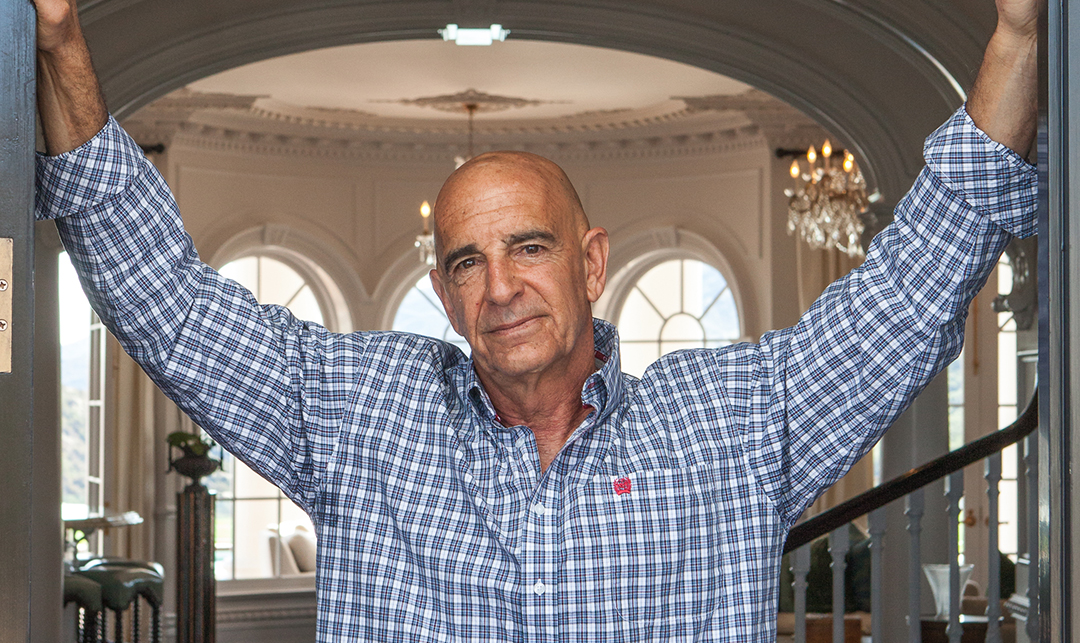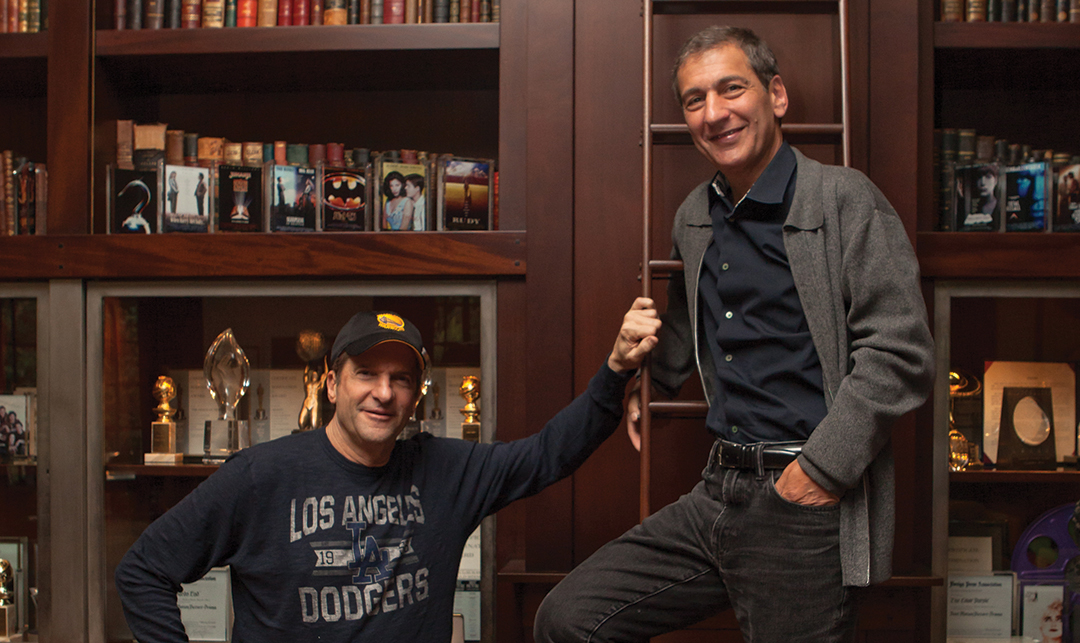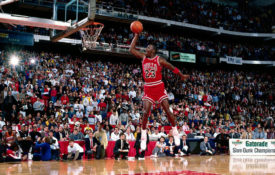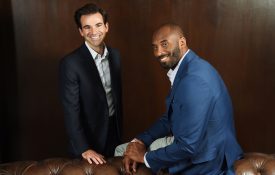More than anything, giving feels good. Becoming a donor to a charitable cause is usually an emotional act. Most people give because of a feeling they have more than because of a rational thought process or planned-out strategy.
I’ve spent nearly two decades as a professional in philanthropy, and I’m here to tell you that if you want to make a maximum impact as a donor—and have a rewarding experience in the process—you need to engage both your heart and head.
Whether you are a $5 annual donor or the head of the foundation at a multibillion-dollar corporation, you need to develop a philanthropic strategy. The strategy should articulate how you believe you can best stretch your dollars, which causes you care most about, and how you will determine whether to say yes or (more often) no to opportunities to give.
With the end of year approaching—the height of giving for most people and organizations—this topic is all the more timely. Below I’ve outlined some key questions to help you develop a strategy in the same way we push our clients to consider as they approach their year-end giving.

DOUBLE DOWN VS. SPREAD THE WEALTH
Should you make an even bigger gift to an organization you’ve already supported or find a new group to support?
Reflecting on your personal impact history, here are some considerations: How deeply engaged are you with your “double-down” organization(s)? If you’re on the board or otherwise deeply committed, this could be a very helpful time of year to support unlocking a matching gift or meeting a key benchmark. On the other hand, if you are simply donating to a group you’ve already supported in the past, it might be worth taking a minute to consider whether any other similar groups could benefit from your funds this year.

TRIED AND TRUE VS. NEW TERRITORY
This one is as much a personality question as a philanthropic one. Do you prefer to stick with what you know well, or are you excited to learn about new people, organizations, and causes? Are you already involved in an issue area near and dear to you, and it would fill your cup to go deeper with these preexisting partners? Alternatively, are you itching to venture outside of your current giving list, learn new things, and meet new people?
SURE THING VS. MOONSHOT
Some work has a set outcome—the task has been done before, the system is set, and your dollars are essentially guaranteed to accomplish a given goal. Other work falls into the “moonshot” category: new, innovative approaches that, if successful, could disrupt the status quo, and prove to be game changing. These efforts also have a much higher likelihood of “failure.” The question here is are you comfortable with risk? If so, explore the moonshot. But if you’d be very disappointed to see your dollars not materialize into a specific outcome, it’s probably better to stick with the tried and true.

JOIN THE POOL VS. NEEDED BUCKS
In this juxtaposition, consider whether you’d rather contribute to a fund that’s already in a healthy position, or if you’re inclined to fund a smaller organization with a more limited budget, knowing that your donation will go further. Both options have merit. Think about how you like to invest financially. Do you normally pick a blue-chip stock or are you more drawn to a scrappy startup? Here, if you have a bit of funding to work with, we usually recommend diversifying between both types of organizations to make sure you’re covering your bases.
IN THE NEWS VS. NOT
Think about all the work and causes that you care about. If something is in the news often this year, it is likely that funds are already coming in. Is there something that you care about quite a bit that may not be getting a lot of buzz? If so, this might be the time to double up on that organization.
Regardless of which direction you choose, thinking strategically about your giving is the key to maximizing your impact. And as we always say, cutting the check is only the first step. After you have made the donation, check in on the organization’s work. Ask questions of its staff. You want all the data you can to feed into your giving strategy next year!
Emily is the founder and CEO of Ethos Giving. Previously, she served as Vice President of Philanthropy & Community Affairs at The Wonderful Company. Emily led the organization’s award-winning philanthropic efforts, which ranged from paradigm-changing, place-based work, to branded community giving programs, to transformative institutional contributions.



